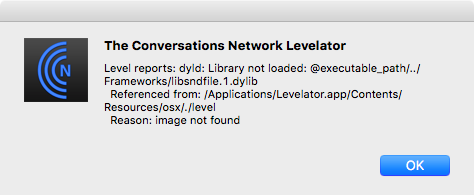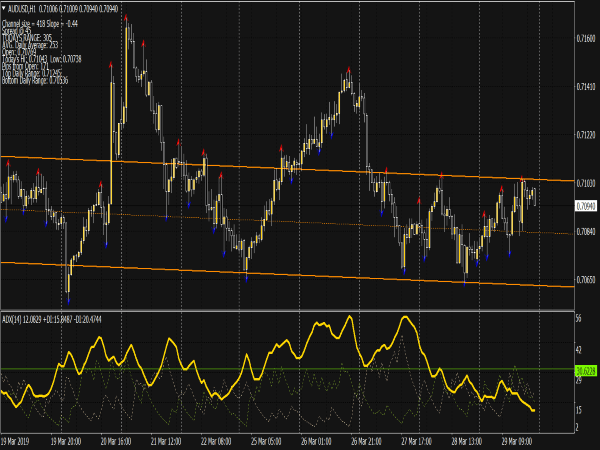
When OS X 10.11 (El Capitan) was released, the Levelator was found to be incompatible.

Conversations Network ceased daily operations at the end of 2012.
DOWNLOAD CN LEVELATOR 2 PROFESSIONAL
The adjustments and drag-and-drop workflow of the Levelator make it a valuable tool for professional and non-professional broadcasters and podcasters.Īs of the end of 2012, the Levelator is no longer supported or being updated by The Conversations Network. It was unveiled to the public at the first Podcast and New Media Expo in 2005.
DOWNLOAD CN LEVELATOR 2 CODE
The underlying code was originally used only for The Conversations Network's own podcasts but was subsequently released to the public, free for commercial and non-commercial use. Originally distributed by GigaVox Media, Inc (a for-profit company), the rights were transferred to The Conversations Network (a California 501(c)(3)) in 2008. The Levelator was a free application distributed by The Conversations Network and developed by Bruce and Malcolm Sharpe, Norman Lorrain and Doug Kaye.
DOWNLOAD CN LEVELATOR 2 SOFTWARE
So if, for example, your file is MP3, you need to first convert to PCM, then apply the normalization / compression, and finally convert back to MP3.The Levelator is a software application that makes adjustments to audio signals. The final thing you should be aware of is that these algorithms only work if you have access to the sample values. I have also demonstrated in Skype Voice Recorder, how you can implement a compressor in. NET, NAudio will let you view the samples in an input WAV file, allowing you to create your own normalization effect. See this article on dynamic range compression for more info.Īs for implementing this in. Then you are able to amplify the whole signal without distorting it (this is called make-up gain). This has the effect of evening out the volume of the whole recording (the quiet bits stay the same, and the loud bits get quieter).

The basic idea is that any sound over a certain volume (called the 'threshold') gets made quieter (or in the case of the limiter, no sound is allowed through over a certain volume). If you have a single spike somewhere in your input file that hits max volume, then normalization does nothing for you.Ĭompression / Limiting this takes a slightly different approach and is used extensively in music recording. This technique is only useful if the loudest part is 50% volume or less. Normalization this simply involves searching for the loudest part of the audio, then amplifying the whole file so that the loudest part goes to maximum volume. There are two main ways to approach this problem: Once these filters are run, there will be more room for amplifying the sound without introducing distortion. The click filter is a lowpass, and the de-esser is a highpass. This can be optimized by doing a click filter first, to eliminate spurious transients, and also by de-essing, which makes sure the waveform is evenly centered around the median value by removing low frequency components that cannot be produced by speakers or heard by the human ear. So you loop through the array holding the audio file, and replace the previous value for each sample with the value * 1.8. , and if you want your max volume to be 0.9887997070223*the max availible, that gives you a new scale factor of 1.8.

Then you iterate through your file and multiply every sample by that number.įor example with CD quality audio your highest possible absolute value for a sample is 32767 (fudging this to make the example easier, the real range is -32768 to 32767, but treating 32767 as your max makes things much simpler here), so if you scanned through and the highest absolute value you found was 18000, than your amplification factor will be 1.8203888. If the result is not one, it becomes your scale value. You divide your maximum possible value by this number (which is guaranteed to be equal or smaller), and then you multiply that by your desired peak level (ie. The general idea with the algorithm is to find the highest absolute value sample (audio should be centered, whatever the measurement of the sampled data). A command line program that does this is sox.


 0 kommentar(er)
0 kommentar(er)
